The Dell monitor error "Entering Power Save Mode" often occurs when your monitor loses connection with your PC or detects inactivity. This can interrupt your workflow, especially if the monitor repeatedly enters this mode while you're actively using your computer. To resolve this issue, follow these troubleshooting methods starting with the most effective solution.
Method 1: Check and Secure Cable Connections
Loose or faulty cables are the most common reason for Dell monitors entering power save mode unexpectedly. To resolve this:
Step 1: Turn off your computer and monitor. Unplug the power cable and video cable (HDMI, VGA, DisplayPort, or USB-C) from both the monitor and the computer.
Step 2: Inspect each cable closely for visible damage, such as fraying, bent pins, or cuts. If you notice any damage, replace the cable with a new one.
Step 3: Reconnect each cable securely into the correct ports. Ensure they fit snugly and are not loose.
Step 4: Turn on your computer first and then your monitor. Verify if the monitor now remains active without entering power save mode.
Method 2: Disable Windows Power Saving Settings
Windows power settings can automatically trigger power save mode. To disable this:
Step 1: Press the Windows key + R to open the Run dialog box. Type control panel and press Enter.
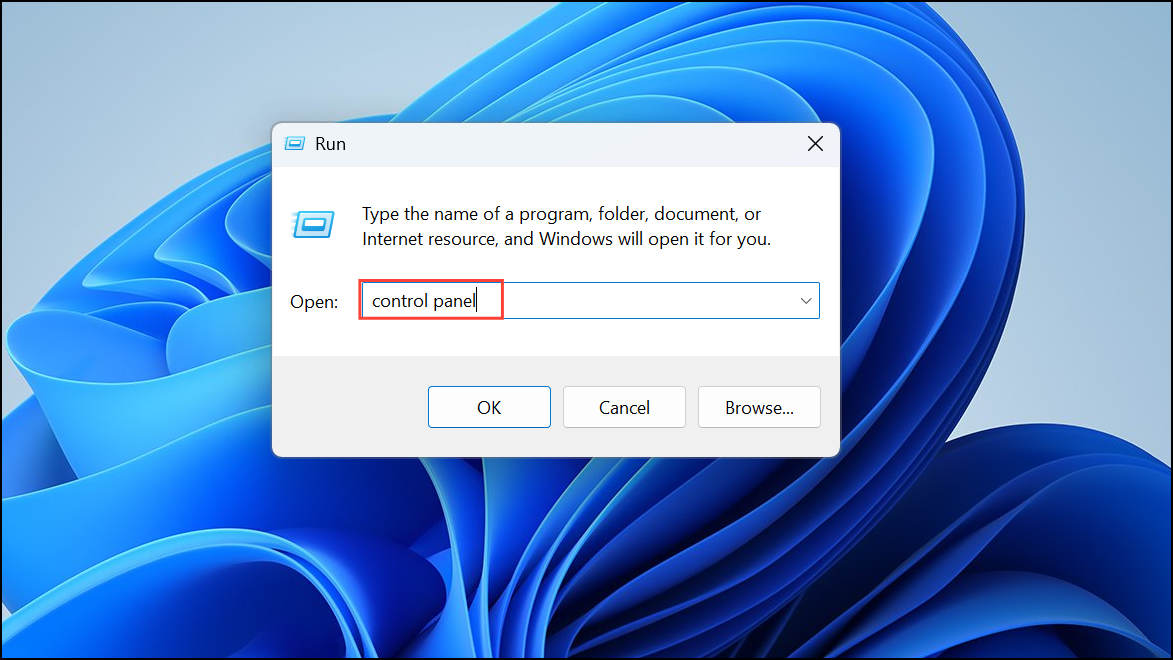
Step 2: In Control Panel, select "Hardware and Sound" and then click on "Power Options."
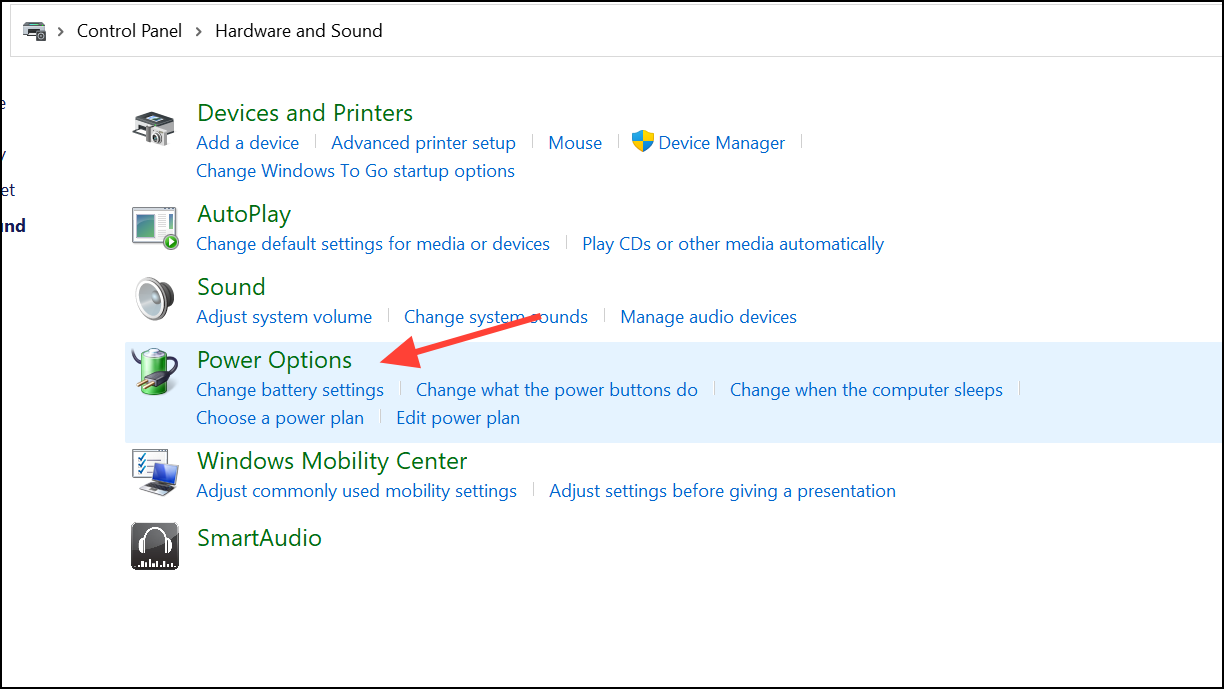
Step 3: Next to your selected power plan, click "Change plan settings."
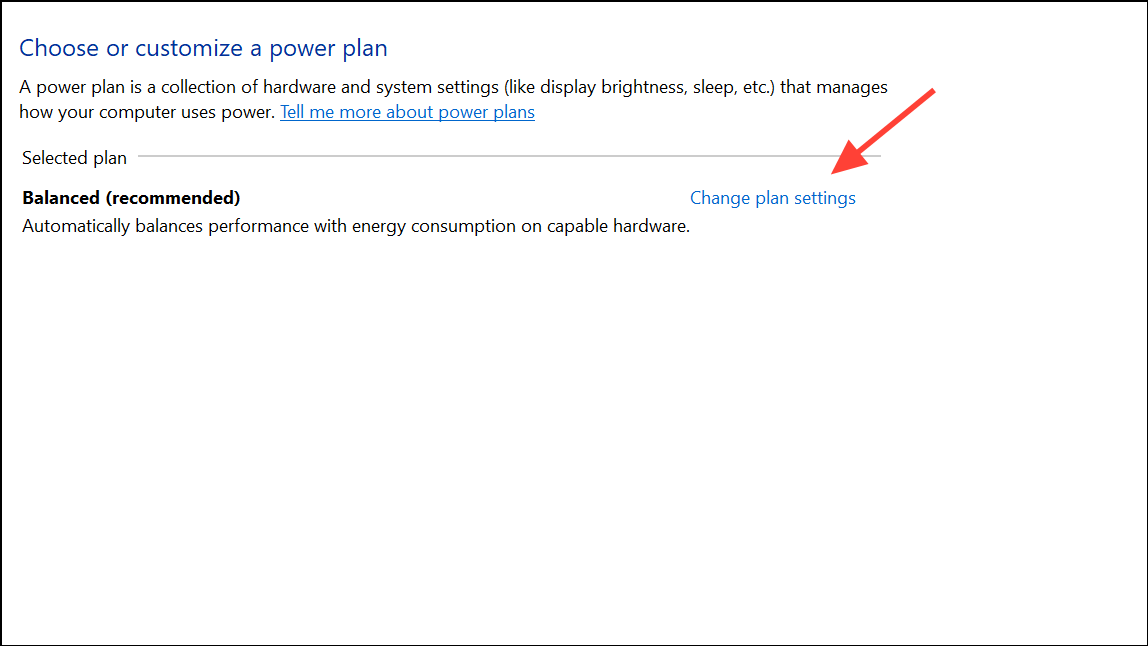
Step 4: Set both the "Turn off the display" and "Put the computer to sleep" options to "Never."
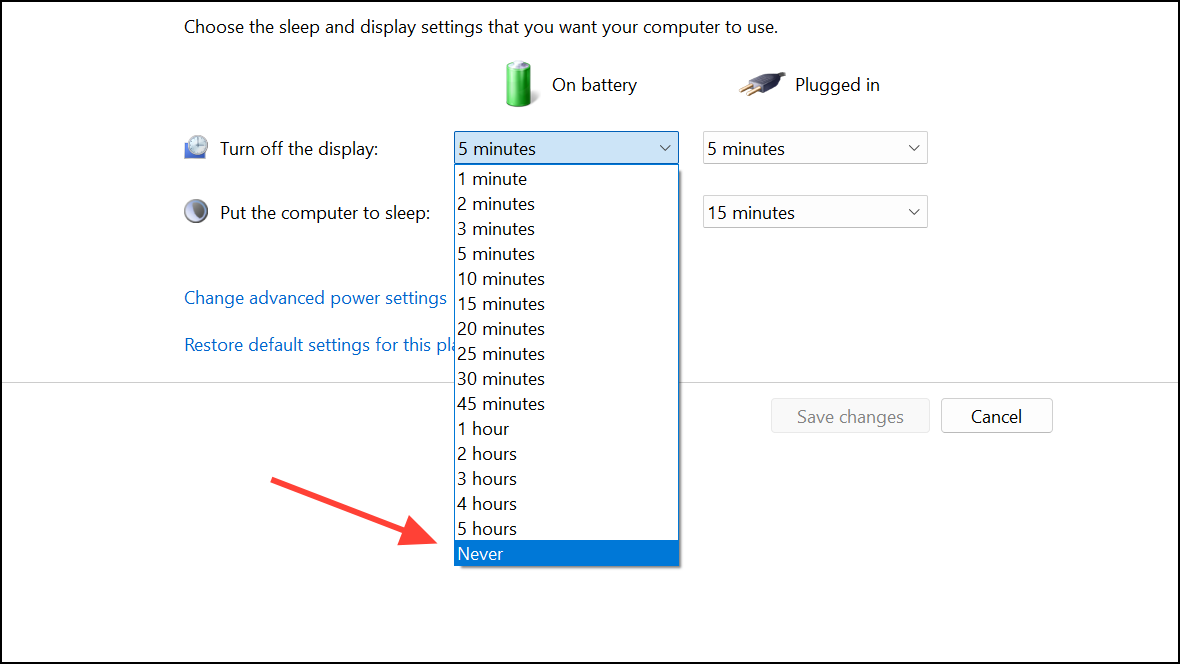
Step 5: Click "Save changes" and restart your computer to apply the new settings.
Method 3: Disable USB Selective Suspend Feature
The USB Selective Suspend feature in Windows can sometimes cause monitors to enter power save mode unintentionally. To disable it:
Step 1: Open Control Panel, navigate to "Hardware and Sound," and then select "Power Options."

Step 2: Click "Change plan settings" next to your active power plan, then select "Change advanced power settings."
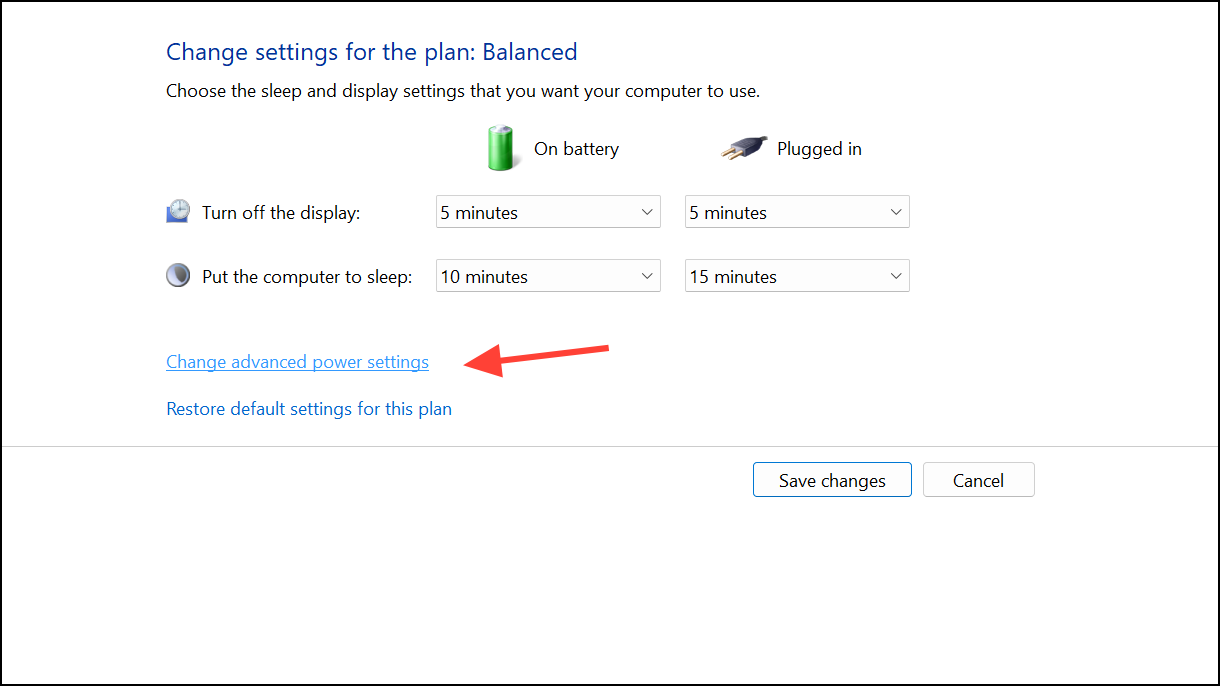
Step 3: In the Advanced Settings window, expand "USB settings" and then "USB selective suspend setting."
Step 4: Set this option to "Disabled" and click "OK."
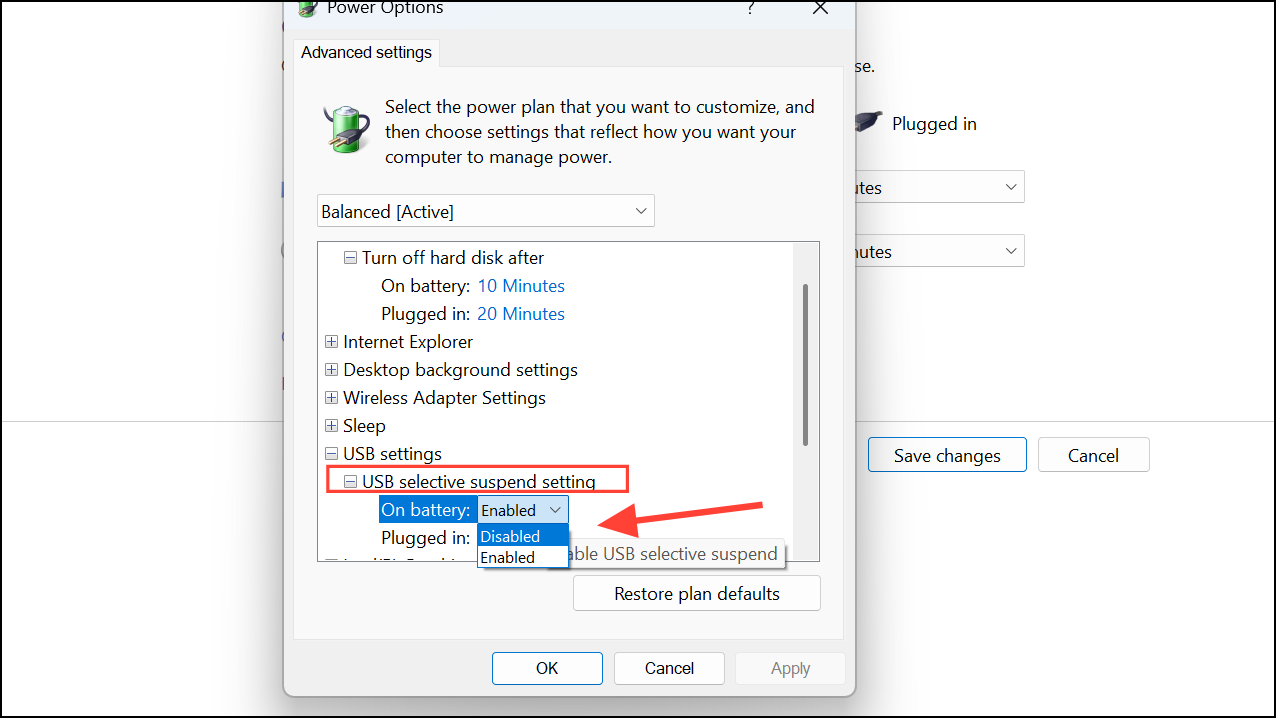
Step 5: Restart your PC to ensure the changes take effect.
Method 4: Update Your Graphics Driver
Outdated or corrupted graphics drivers can cause your monitor to enter power save mode incorrectly. To update your drivers:
Step 1: Go to the Dell Support website and enter your monitor or PC model number to find the latest graphics drivers.
Step 2: Download the recommended graphics driver for your system.
Step 3: Double-click the downloaded file and follow the on-screen instructions to install the new driver.
Step 4: Restart your computer after installation is complete.
Method 5: Check and Replace the Motherboard Battery (CMOS)
If your Dell monitor enters power save mode immediately upon startup, it could indicate a drained or faulty motherboard battery (CMOS battery). To resolve this:
Step 1: Turn off your computer, unplug all cables, and open the computer case.
Step 2: Locate the CMOS battery on your motherboard. It's usually a small, round coin-cell battery.
Step 3: Carefully remove the battery by gently pressing the retaining clip and sliding the battery out.
Step 4: Take note of the battery type (usually CR2032). Purchase a replacement battery with the same specifications.
Step 5: Insert the new battery into the motherboard, ensuring correct orientation, and reassemble your computer case.
Step 6: Reconnect all cables, turn on your PC, and reset BIOS settings to default if prompted.
After completing these steps, your Dell monitor should no longer enter power save mode unexpectedly. If the issue continues despite these solutions, consider contacting Dell Support for further assistance or to check for potential hardware issues.


